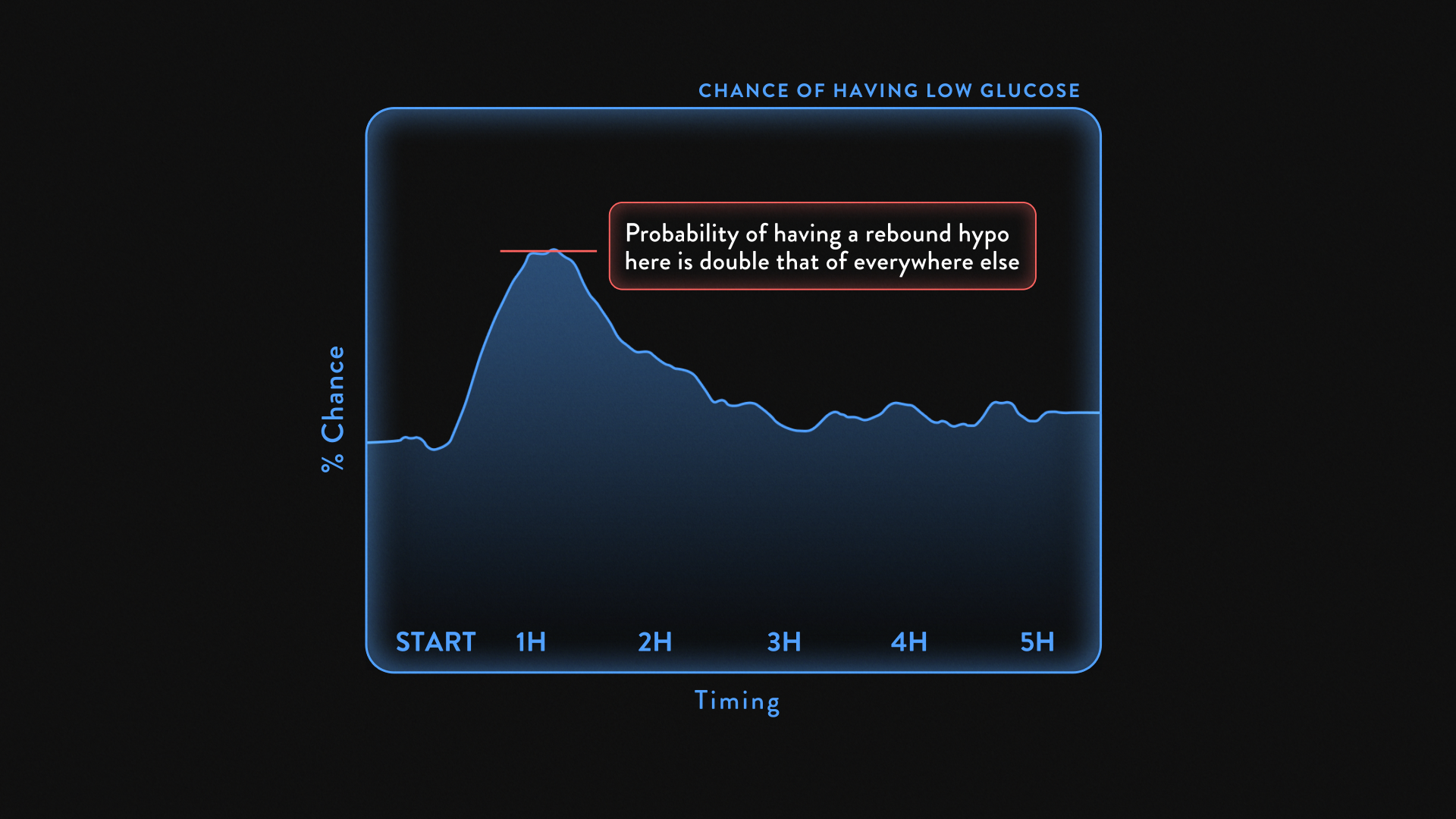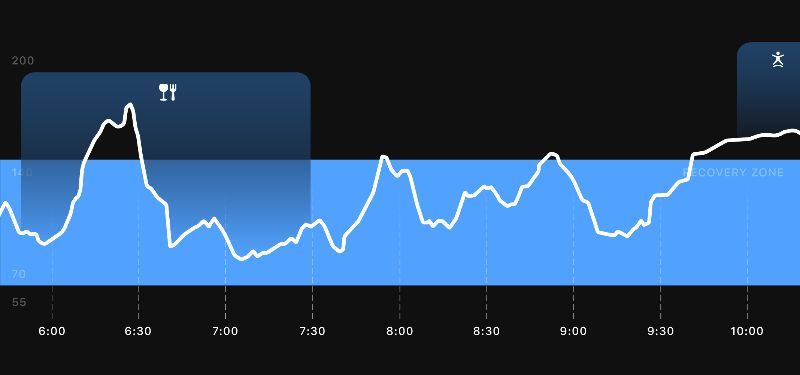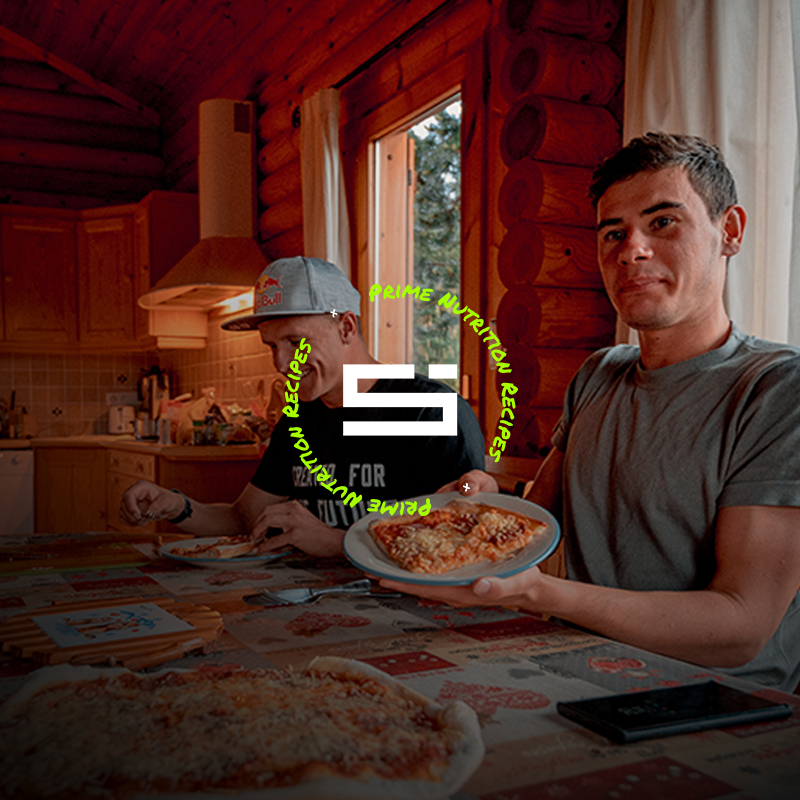Welcome to a brand new way of sharing the ideas we’re exploring at Supersapiens.
A Supersapiens Recipe isn't just about food, it's a formula for learning—an opportunity to become better.

Some of our Recipes may work for you, some may not. Just like a book of recipes, test them out, save what you like, and use them as a guide for your personal strategy to improve your glucose control!
In this recipe, we’re focusing on Priming, the pre-exercise window of opportunity to fuel up and get ready to perform.
Specifically, we’re looking for the optimal timing for a pre-workout meal so we can achieve our best glucose control, feel better, and perform stronger.
Click below to watch now, then keep reading for the science.


Before continuing, we'd love to hear one of your Recipes! Click here to submit an idea for a Recipe, and you may just be highlighted across the Supersapiens community!
The science behind this week’s Recipe —
High insulin levels going into a workout can hinder fuel availability because it is a storage hormone. Eating carbs can spike insulin levels, which may stay elevated in your system for a few hours. This metabolic imbalance could lead to fuel inefficiencies during your workout.
The chart below showcases what we’re talking about with data from our athletes. You’ll notice that the chance of going below 80 mg/dL during a workout is significantly higher when eating closer to the start of a workout. Knowing that carbohydrate loading is backed by significant evidence, we’re experimenting with these Recipes to see if our body has an optimal time to fuel up and prepare to crush our planned workout. We’re taking carbohydrate loading a step further with optimized glucose.

If you look at the app screen below, you'll see David’s pre-marathon priming. You may notice the significant spike at 6am from his high carbohydrate meal. David chose 6am since it was exactly 4 hours before the start of his race. From there you can see things normalize. The subsequent glucose spikes are triggered by stress and excitement (Yes - Mood affects your glucose levels just like Food and Movement!).
The takeaway: David was able to normalize insulin in his system by eating 4 hours before the start of his race. And right before his 10am start, he was able to warmup and easily get his glucose levels above 140 mg/dL before absolutely crushing the marathon.

Share your results and tag @supersapiensinc with #SupersapiensRecipes.
